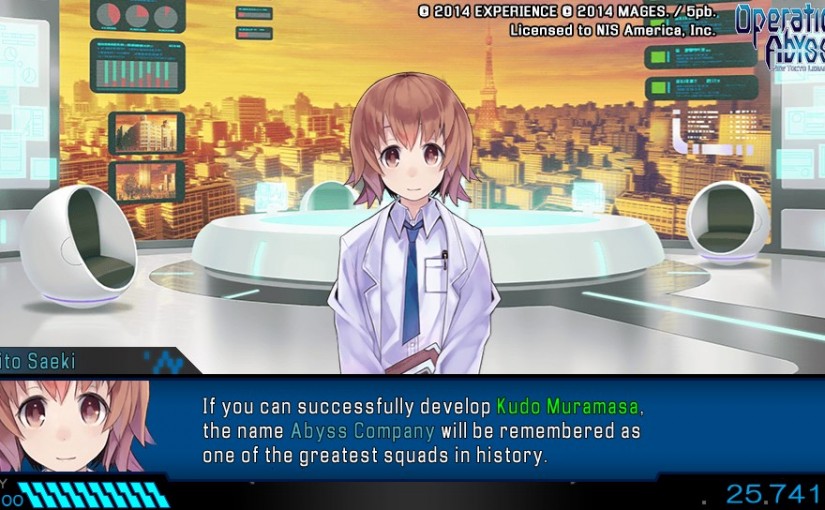
It’s interesting that Japanese dungeon-crawlers are a cent a dozen in the year 2015. On one point in time, the genre was composed of just a few franchises (at the very least here in the West), and from now on it seems like the Vita and also 3DS are nearly?overrun with them. The good thing is, it’s difficult to mess up a formula as tried-and-true as the DRPG, thus allowing for a number of unique and consequently solid takes on the particular genre. Operation Abyss: Fresh Tokyo Legacy is the latest installment in the niche sector of roleplaying activities, and comes each of our way from the staff of NIS America and developer Experience Incorporated. While?Operation Abyss borrows very much from those that came up before it, this manages to eek out an identity of its own because of some interesting display choices and play distinctions.
Operation Abyss: Fresh Tokyo Legacy tells the tale of a group of teenagers who have been recruited with a secret government company thanks to their unique forces that are exclusive upon them. The year can be 20XX, and creatures called ‘Variants’ have besieged the town of Tokyo. These monsters have incited large terror throughout the area, even rendering the law and military all but helpless. Enter the aforesaid teenagers, who form the team known as the ‘Xth.’ Their job? Face down monsters, often known as?Variants, where they’re most concentrated : a labyrinth referred to as the Abyss.
Because this is a DRPG, players might assume that there’s no story to really kitchen sink their teeth into, but surprisingly Operation Abyss without a doubt has a story to express to. It’s not particularly powerful or comprising a well-developed cast of personas and villains, however, there is perhaps more of a story foundation here compared to likes of Demon Gaze, Moe Chronicles or perhaps?Class of Heroes. When it comes to the latter half of the storyplot, things start to pick-up and the game seems to suddenly find it’s cadence, which is exceptional. It’s just too poor that the characterization in no way jumps off the monitor, instead giving people eye-rolling tropes and archetypcal personalities. You can find moments when it appears like the writing is on the up or longer, but then some saying comes along and undoes exactly what the game worked hard to achieve up until that point.
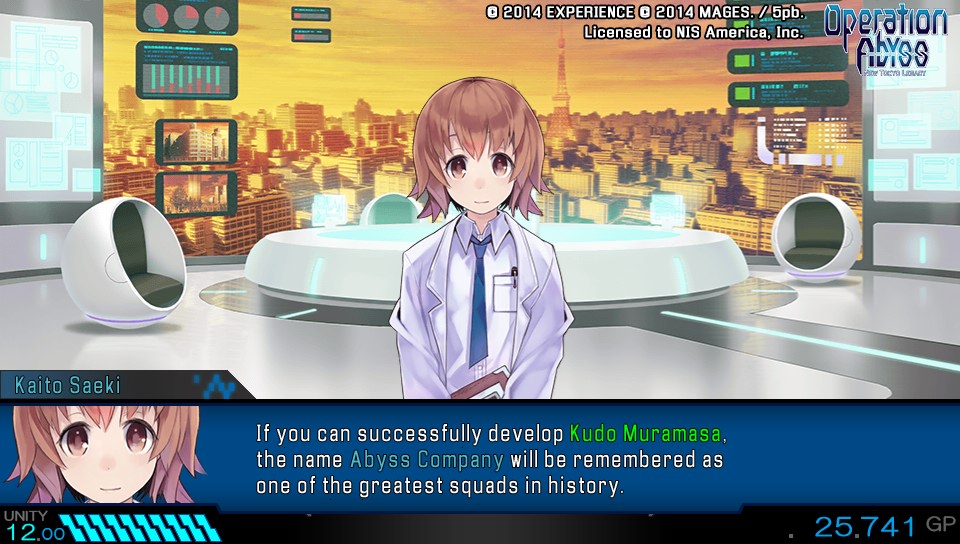
Speaking regarding writing woes, the start of the game especially suffers from text-overload. This jumbles the pacing as being the first hour or so senses more like a visual novel and less like a dungeon-crawler. A balance in this area is never discovered as things advance; some talking portions drone on and on, while sometimes it’s like they will cut dialogue totally and are just shipping and delivery players from dungeon to help dungeon without much explanation. In reality, this sort of sums up the tale experience in Abyss. It’s a bit all over the place and doesn’big t really go everywhere even during it is most exciting moments.
The major goal of New Tokyo Legacy even though, is not its narrative. Instead, its the gameplay that has been given the many care and attention. Gameplay as a whole will feel comfortable to those who have played out Etrian Odyssey or Unchained Blades. Labyrinths are usually explored via a first-person perspective with a party connected with six at the ready and are also littered with baddies just holding out to send players to an early Game Over monitor. As such, combat is the real focus?regarding New Tokyo Legacy, with turn-based battles that go down at the faster quip than something such as Persona Q. There are an envisioned variety of ways to strike, so employing physical attacks, spells in addition to skills are all key to victory. There’s more to consider than just which, though; Variants throughout Abyss are?categorized seeing that certain species using specific, defining things,?requiring?players to help?take advantage of?those in get?to?levy serious amounts of damage.
What’s useful then in the beat mechanics is that players cannot directly decide on their targets associated with?attack. In Operation Abyss, the overall game auto-attacks groups of enemies when commands are imput. Therefore someone wants to home-in upon Baddie A, but Baddie A new is part of a bunch of like-enemies, the player will certainly merely strike the pack at random, meaning they can indeed attack Baddie The, or B, or perhaps C, or Chemical, or whatever other enemy is in claimed swarm. This eliminates some of the strategy that goes into the actual battles themselves. As a trade-off, it takes greater pre-combat preparation, so as to outfit a party which will adjust to any certain combat scenario. Sadly, we often times believed disempowered by this, and at periods downright powerless, for the duration of fights. To not feel in direct management of one’s party in an encounter is a quick way to strip a player of feeling liable for their victories, and but also a sure-fire technique of sending them in a rage when perishing as it’s easy to say “well, experienced the game allowed me to attack who I needed to, I would not have mislaid that battle.”
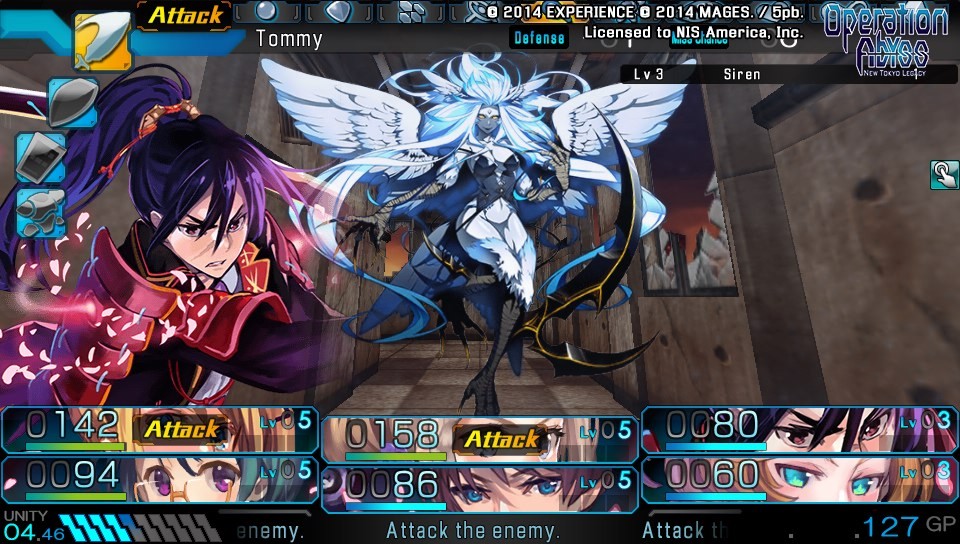
There’s one more trade-off here, though. It appears this decision appeared so as to make fight more fast-paced and less of your marathon of methods. In doing that, Abyss does in fact seem?like on the list of faster, if not the best games in?it’s genre. This makes network exploration a bit more efficient for sure. But of course, it will come at the cost of everything simply just discussed. This is almost all known in the absence of depth combat appears to have, then. Instead of generating each fight, perhaps the?run-of-the-mill ones, feel tough and important (the la Shin Megami Tensei), Abyss?could feel?more like an activity of Checkers rather than Chess.
Another interesting layout choice of New Tokyo Legacy is available in the form of how difficulty is handled. The thing is, the more players struggle inside the Abyss, the more dangerous it becomes. This specific danger level is definitely measured by a “Encounter Gauge” that fills up up the more criminals are trounced, making each and every successive fight from the labyrinth harder as opposed to last. This gets to be more fascinating when knowing the benefit of fighting much deeper and deeper into dungeons: players receive a lot more experience points and better droplets the higher the Gauge climbs. Certainly, this starts play up to a fun dynamic, where extreme exploration and dealing with enhances loot as well as EXP, but also increases the probability of getting straight wiped out by a single, mega-powerful opponent.?Just the same, this risk-reward process really does add some thing to the DRPG formula, producing exploration a bit more intentional and carefully planned. Which reminds me, our time having Operation Abyss was far less infuriating than our the years have been with other dungeon-crawlers. Positive, Abyss can be challenging at times, however on the whole, it’s among the most accessible experiences inside the genre, similar to Demon Gaze and need rest.
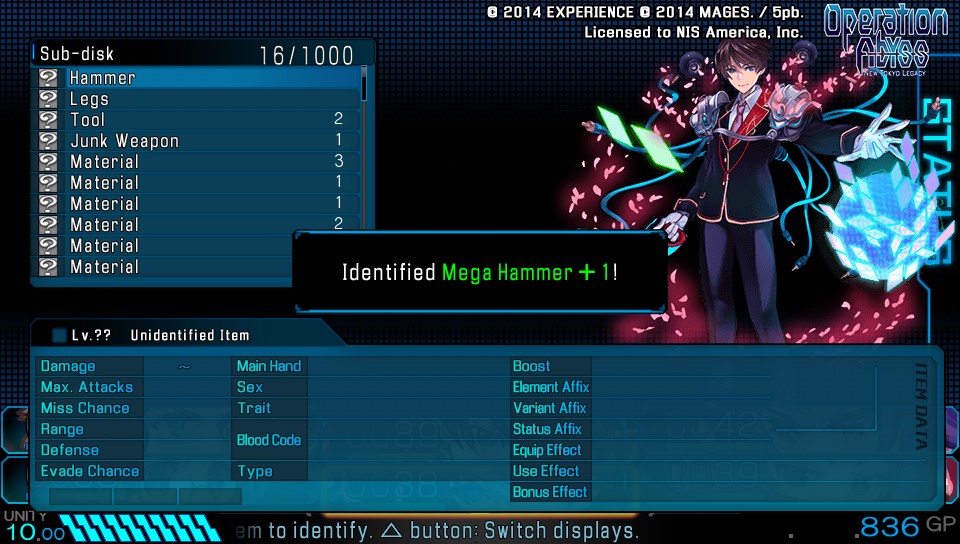
New Tokyo also diversifies its expertise through the use of objectives. Basically, the Xth Squad are anticipated to complete missions through the game. A objective may include investigating the school/academy or an Abyss, remove specific Variants, gather particular items, or tackle some other unique type of undertaking. That variation?is nice, in particular considering how simply just plowing through labyrinths for no provided reason can develop boring rather quickly.
Even with one of these fresh concepts, even though,?Operation Abyss still feels like the been-there-done-that game. It iterates with a few basic systems one would expect from the DJRPG, but never does so in substantive techniques. Instead, these modifications to the formula are only that — tweaks. It’s obvious that this an activity comfortable not reinventing the wheel, rather wanting to polish it as a substitute. At a time when the category is starting to get populated, a game has to be noticeable among the crowd. Regarding DRPGs, this is usually in the way of motion. And unfortunate, New Seattle Legacy fails to capture for the reason that department seeing as exactly what it does do include isn’t especially revolutionary.
Abyss also suffers from a lack of dungeon as well as monster design. The identical enemies are seen too often, making this inherent grinding every one of the more… well, grind-y. The conditions are noticeably?boring, seemingly ditching your colorful aesthetic on the characters, and piece of art everything in greys and browns. This is particularly jarring because of the way vibrant the character types are as well as the background scenes for the talking portions before combat.
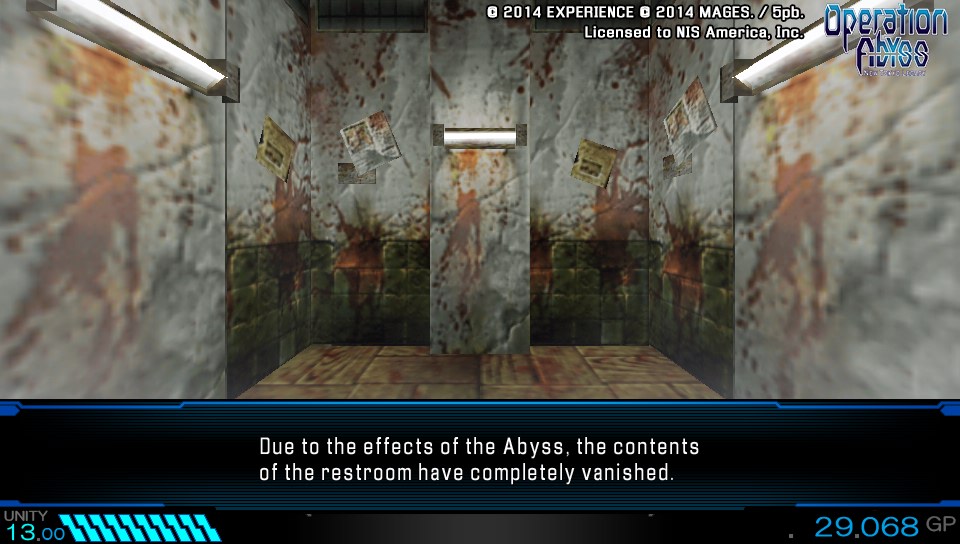
But, Tokyo Legacy can at least provide a number of options, so as to target to different gamers’ styles of engage in. This is most evident in the introduction of play modes. Here, there’s two options to choose from ahead of kicking off the adventure: Classic Mode and Fundamental Mode. When opening the game?for the first time, participants will be prompted to decide on which mode suits their playstyle best. Within Classic Mode, men and women can select the wardrobe pieces for their persona portraits and take their time completely customizing his or her warriors. With 15 style pieces that permit hairstyle, eyes, oral cavity and face to get customized, this mode is for those who need a more personalized?experience. Basic Mode, on the other hand, lets folks jump right into the game that has a pre-established party of 6-8, where they don’t have to mess with these elements whatsoever.
Where New Tokyo Legacy definitely knocks it out with the park, though, is in its presentation. Definitely, this is the most aesthetically-impressive dungeon-crawling Role play game out there. The entire coloration wheel has been utilized, together with pinks, purples and doldrums being the focus. However the game is 2nd, with the implementation of which vibrant hues, it’azines hard not to just gaze at the game, enamored at how the graphics take off the Vita’s lovely OLED screen. Its sprite-work is very wonderful, complemented by character designs in which don’t fall into the course of hardened a warrior, instead adorning glorified high-schooler’s having stylish armor and effectively-designed weapons. This could happen to be a dark, gritty, borderline dull game, like countless in its genre — specially given the premise — instead, it’s opted for a loud chromaticity. Even the user interface is fantastic, making excellent use of screen real-estate. The particular soundtrack has proved to be?infectious way too, though it doesn’t present?a great deal of depth. Participants will hear the majority of the same tracks over and over again, especially while digging labyrinths. It would have been good for each dungeon/area to have a unique theme, but sad to say it would seem the coders weren’t too concerned to be able.
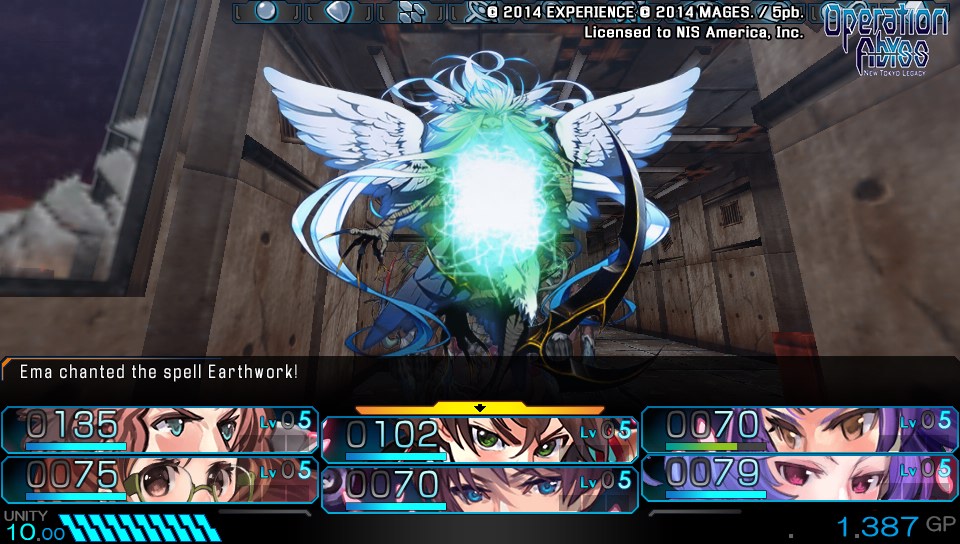
Closing Comments:
Operation Abyss: New Seattle Legacy is a fine DRPG. It offers all the facets one would expect from a game of its genre as well as manages to implement people features effectively. Exactly what it does not do a lots of, however, is be inventive in big techniques. This is a cookie-cutter dungeon-crawling experience, famous brands which we’ve currently seen many times before. Of course, it makes to have an extremely accessible recreation because of this, and is potentially one of the best entry-points for newbies. Though its level of develop may?indeed become phenomenal — thanks to the most effective presentation values maybe ever seen in the style — it still never finds a way to surpass their rivals from a technicians standpoint. Had it recently been comprised of a battle system that strengthened the player rather than deprive them of specified tactical decisions, involved more monster in addition to environment variety together with better overall pacing, it’d have easily replaced Experience’s previous Vita DRPG Demon Gaze.



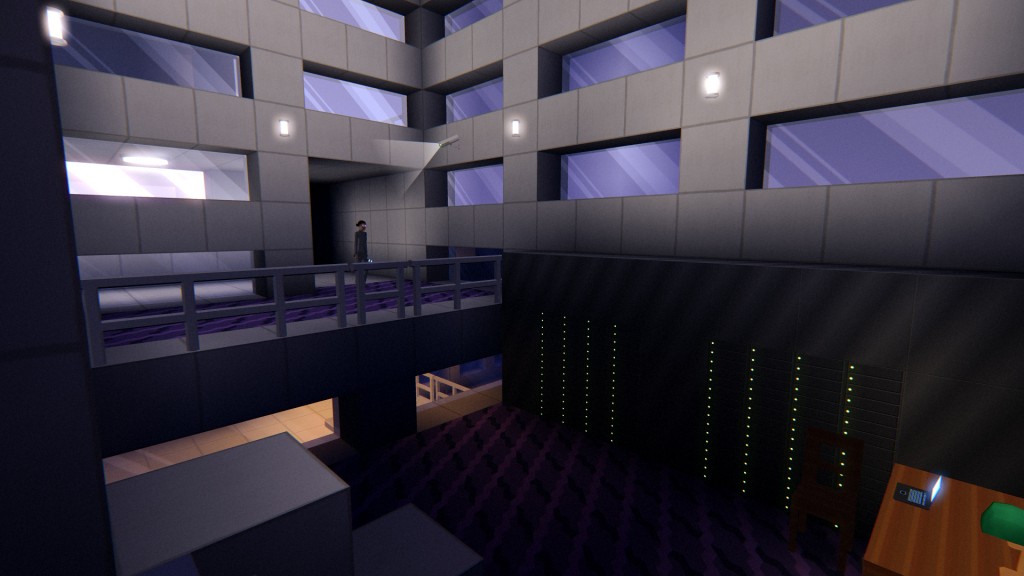
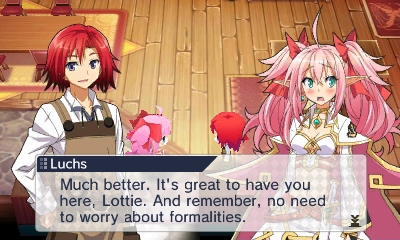
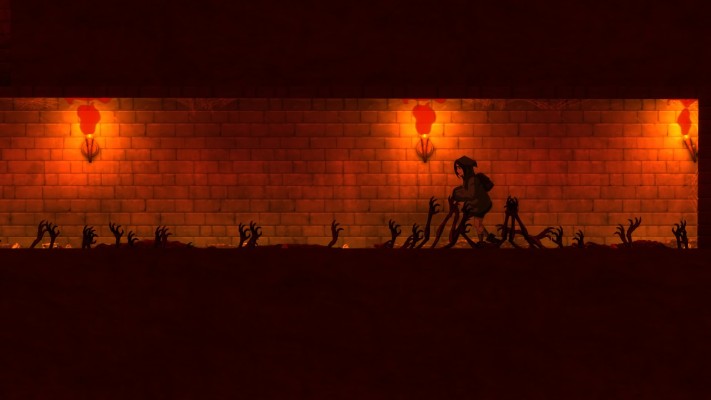
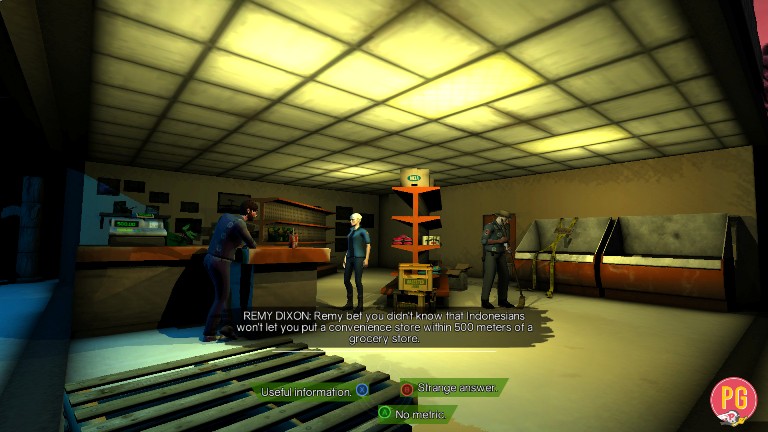
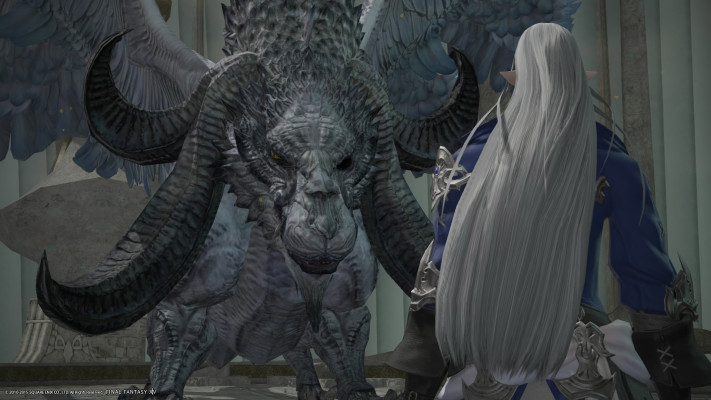

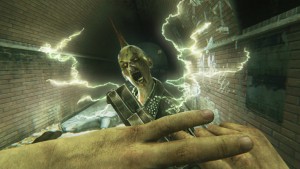
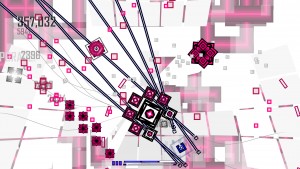
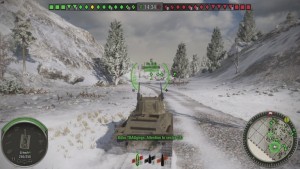
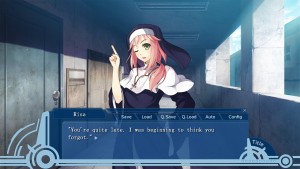
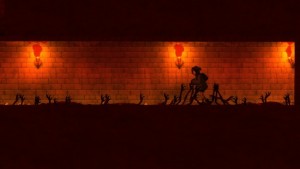
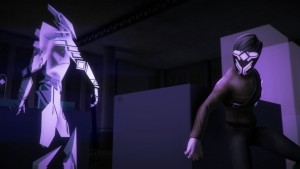
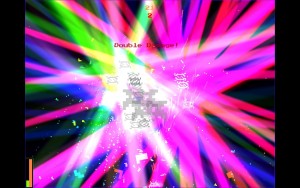
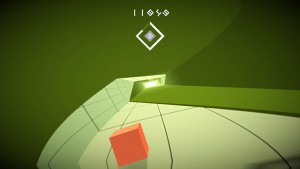

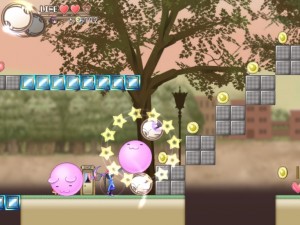


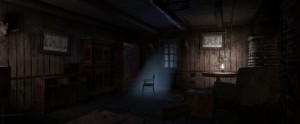
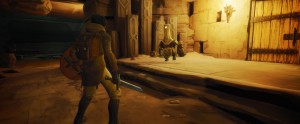

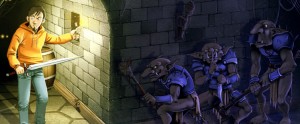

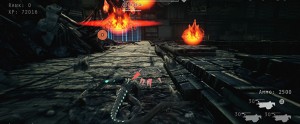
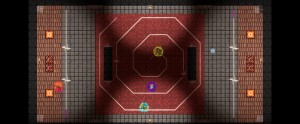
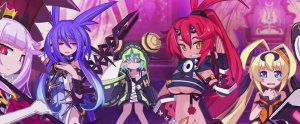
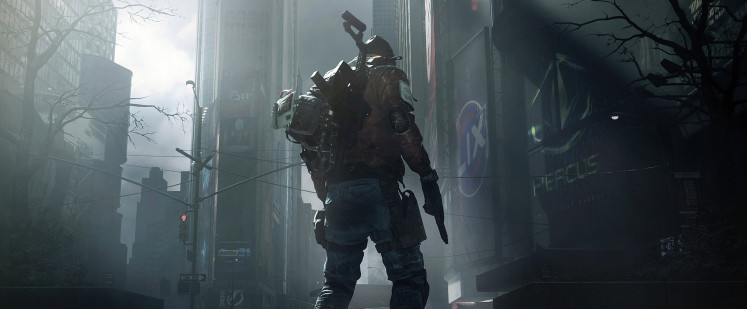
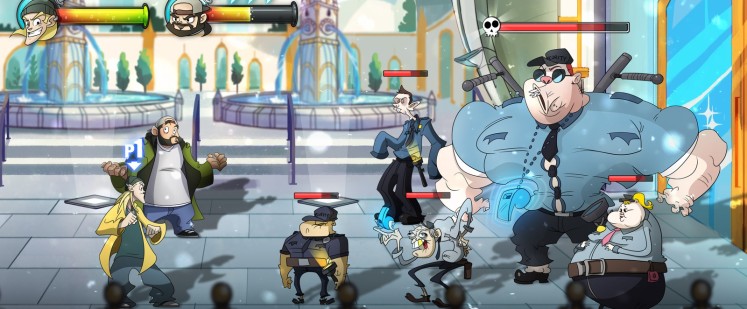

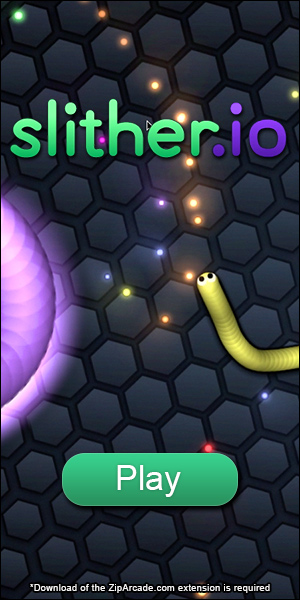


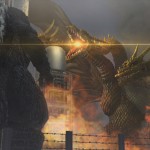


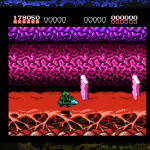


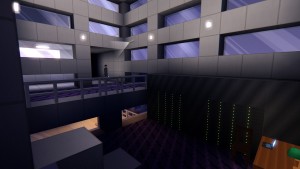
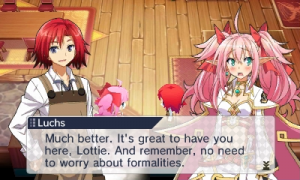
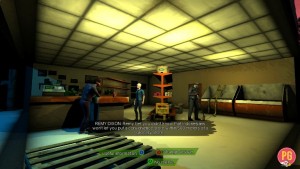
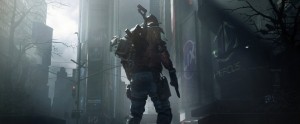
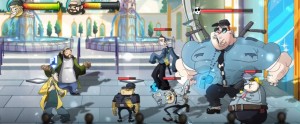

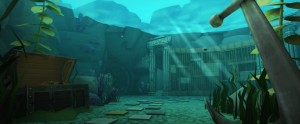
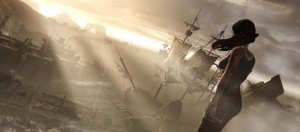
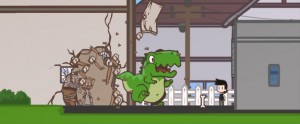

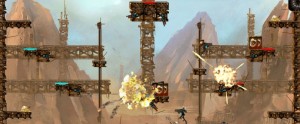
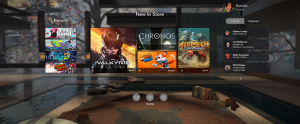
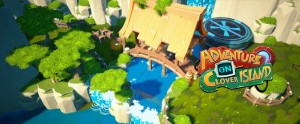
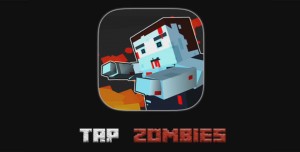
![[Update: Game Released] BulkyPix will be starting Flail Rider onto Android mobile phone at the end of March](http://bulebull.com/wp-content/uploads/2016/05/20160521130117-11-300x152.jpg)
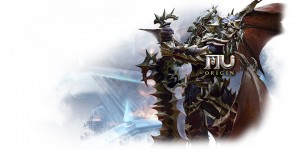
Leave a reply